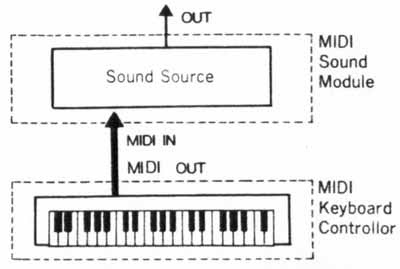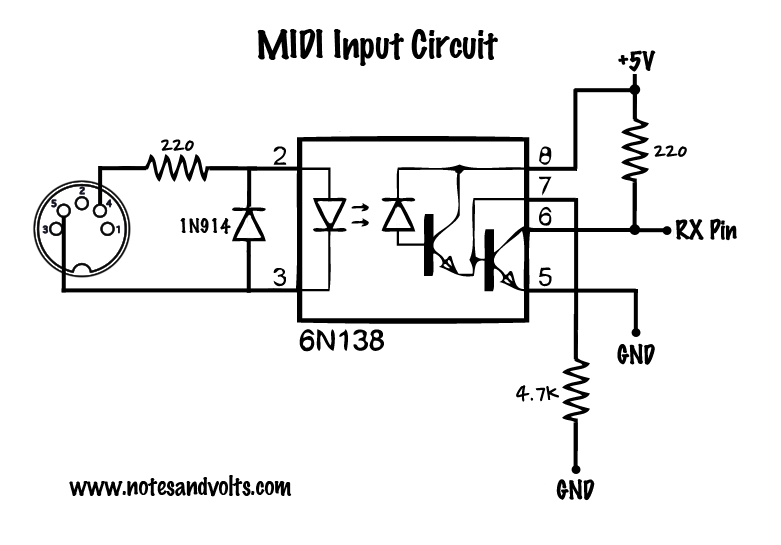

- #MIDI INPUT TO KEYSTROKE INSTALL#
- #MIDI INPUT TO KEYSTROKE PRO#
- #MIDI INPUT TO KEYSTROKE SOFTWARE#
- #MIDI INPUT TO KEYSTROKE DOWNLOAD#
The i3’s interface seems to have been distilled from Korg’s pricier Pa range of premium arrangers, with a brightly-lit, white LCD display neatly conveying useful information such as the current tempo, chord, style and soundset. The 61-key keyboard has a relatively lightweight synth action that’s very easy to play and gets the job done with no fuss. The fascia has the same rubbery, matte black finish as the EK-50L that, while complementing the looks, does seem to attract cat hairs and dust like nothing else on earth. The vaguely boat-like contours of the casing lend the unit a clean, modern look and the joystick is, unsurprisingly from the name, a joy to use. As Outgoing Action, select MIDI and enter the MIDI message to send when turning right.ģ) create another translator entry for the left direction.Ĥ) In MT Pro, select "Yoke 1" or whichever virtual MIDI port you have installed as MIDI OUT.ĥ) in Ableton Live, set Yoke 1 as MIDI input and enable it for remote control.As we’ve come to expect from Korg, the i3’s build quality is great. Note that just entering "R" from your computer keyboard will probably not work.

In the keystroke field, turn the PowerMate to the right once so that an "R" appears in the field (or some other description). key "R" when turning right, and key "L" when turning left.Ģ) in Midi Translator Pro, create a new Translator entry.
#MIDI INPUT TO KEYSTROKE PRO#
This is how you can use Midi Translator Pro to translate the PowerMate movements to MIDI:ġ) set up PowerMate in its control panel to send keys when turning, e.g. Oooollllooollllooollllllllllllloooooolllllllooooooolllllooooollllooolllooolloollooollooīut no midi signal is generated from the output of midi translator pro.
#MIDI INPUT TO KEYSTROKE SOFTWARE#
Perhaps the problem is, that midi translator is checking the peripherie and not the software for keystrokes. but midi translator is not recognice it as the keystroke o and l i can see a key input on the midi translator display and as you can see here: ooolllllooollloolllooolllooollooooolll it is also working in my internet application. So when i push that keystrokes on my keyboard midi translator creates midi signal and the main channel of total mix is working great (volume up down) I have done the same with the midi translator pro. So i decided to configure that knob as following: Thx for your reply, i have tested it with normal keystrokes and it is working very well.Īs i use the griffin power mate, i want to translate keystrokes which i can generate with that knob.
#MIDI INPUT TO KEYSTROKE DOWNLOAD#
You can download the entire Midi Translator Pro project file here (right-click+"Save Link As" on the link below to save it to your disk): Then select one virtual port as MIDI OUT in Midi Translator, and select the same virtual port in the software to be controlled as MIDI IN.
#MIDI INPUT TO KEYSTROKE INSTALL#
For the case of software, you'll most likely need to install a virtual MIDI port like Yoke (more virtual port alternatives can be found here). Of course you need to make sure that the MIDI device or MIDI software that you want to control using the keystrokes is selected as the MIDI OUT port in Midi Translator. Translator 8 does the same thing vice versa for keystroke down and decreasing volume. In order to satisfy the MIDI standard, the value is capped at 127. IF the first 3 rules determine that Shift, Ctrl, and Alt are all pressed, the value of gv is increased by 10. Pressing the Down key will enter Translator 7. The translators use the variable gv to remember the current volume level. Translator 8: Shift-Ctrl-Alt-Down to MIDI Volume. If gc=0 then exit rules, skip Outgoing Action If gb=0 then exit rules, skip Outgoing Action If ga=0 then exit rules, skip Outgoing Action Code: Select all Translator 7: Shift-Ctrl-Alt-Up to MIDI Volume+


 0 kommentar(er)
0 kommentar(er)
